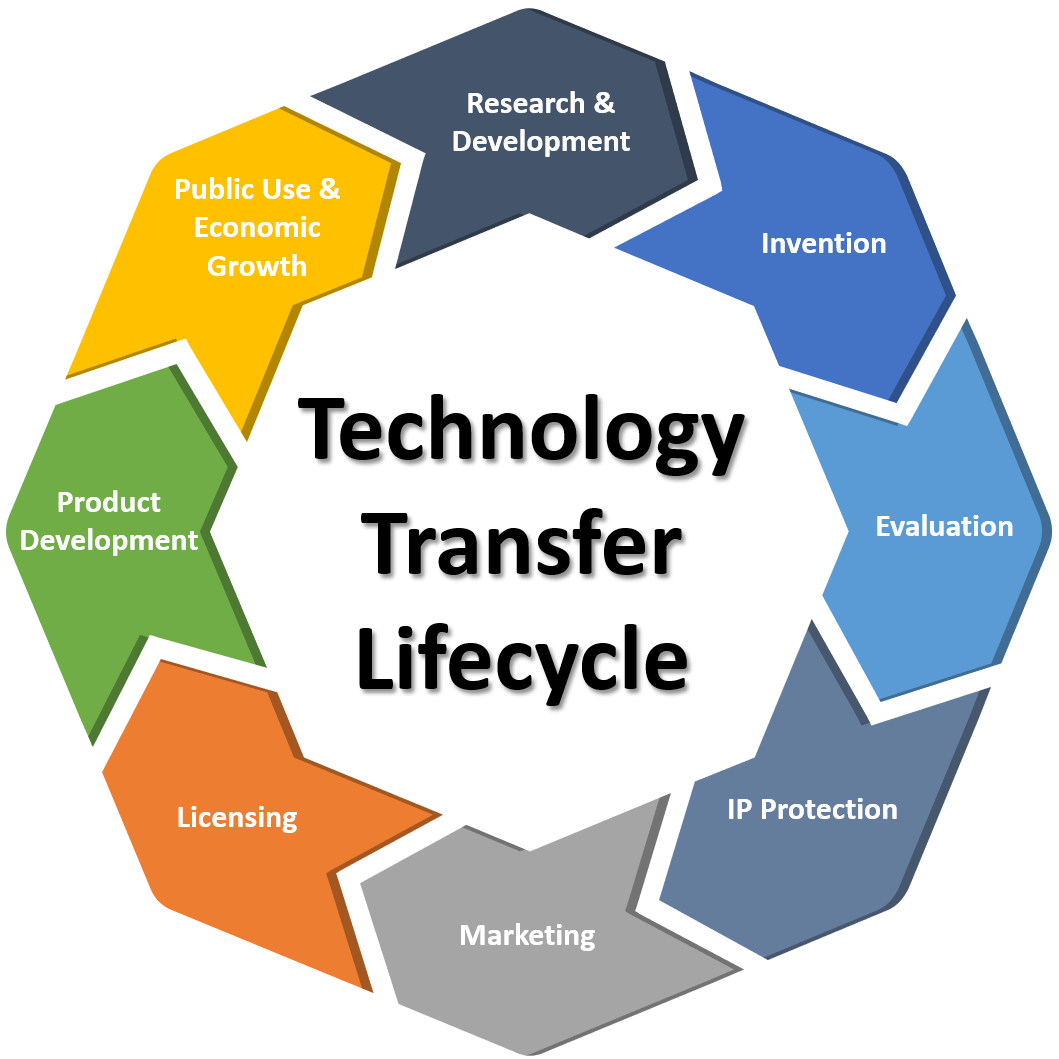Can Technology Transfer Boost Your Business?

In today's rapidly evolving business landscape, the ability to adapt and innovate is crucial for sustained growth. One of the most effective strategies for achieving this is through technology transfer. This process involves the movement of technology between entities, and it holds the promise of not only driving technological advancement but also boosting business performance.
The Power of Technology Transfer
Technology transfer, often referred to as tech transfer, can take various forms, such as licensing agreements, collaborative research, and patenting. Companies that successfully implement technology transfer can gain a competitive edge by accessing new technologies, improving existing products, or even developing entirely new ones.
Case Studies of Successful Technology Transfer
Several companies around the world have leveraged technology transfer to enhance their operations. For instance, Google’s Ventures arm has invested in numerous startups, fostering innovations that have been incorporated into the parent company’s suite of services. Similarly, universities are increasingly playing a pivotal role in tech transfer by licensing their research to private firms, leading to groundbreaking innovations.
A prime example is the University of California, Berkeley, which has licensed its CRISPR technology to Editas Medicine. This partnership has resulted in significant advancements in gene-editing, showcasing how tech transfer can bridge the gap between academic research and commercial applications.
Ensuring Successful Technology Transfer
Implementing a successful tech transfer strategy requires careful planning and execution. It involves several key steps, including recognizing the right technologies to transfer, negotiating effective agreements, and integrating new technologies into existing business processes.
Identifying Opportunities
The first step is identifying which technologies have the potential to benefit the business. This could involve scanning market trends, monitoring competitors, or collaborating with research institutions. Once potential technologies are identified, companies need to assess their feasibility and alignment with corporate goals.
Negotiating Agreements
Effective agreements are the backbone of successful tech transfer. Licensing agreements, joint ventures, and partnerships must be carefully crafted to ensure that all parties benefit. This includes clearly defining Intellectual Property (IP) rights, compensation terms, and roles and responsibilities.
Integration and Adoption
The final step involves integrating the new technology into the business operations. This requires a concerted effort to train employees, update business processes, and ensure that the technology is used effectively. Successful integration is key to realizing the full benefits of tech transfer.
Overcoming Challenges in Technology Transfer
While the benefits of technology transfer are significant, there are also challenges. These include intellectual property disputes, cultural differences, and the complexity of integrating new technologies into existing systems.
Overcoming these challenges requires a strategic approach. Companies must invest in robust IP management systems, foster a culture of innovation, and provide comprehensive training and support for employees. Collaboration and communication between all stakeholders are also crucial.
The Future of Technology Transfer
As technology continues to advance, the role of tech transfer in boosting business performance will become even more important. Companies that embrace this strategy will be better positioned to innovate, meet customer demands, and thrive in a competitive market.
The future of technology transfer lies in fostering stronger collaborations between businesses, research institutions, and governments. This collaborative approach will drive innovation, create new market opportunities, and ultimately boost economic growth.
In conclusion, technology transfer has the potential to significantly boost business performance. By identifying the right opportunities, crafting effective agreements, and ensuring seamless integration, companies can harness the power of new technologies to drive innovation and growth.
0 Response to "Can Technology Transfer Boost Your Business?"
Post a Comment